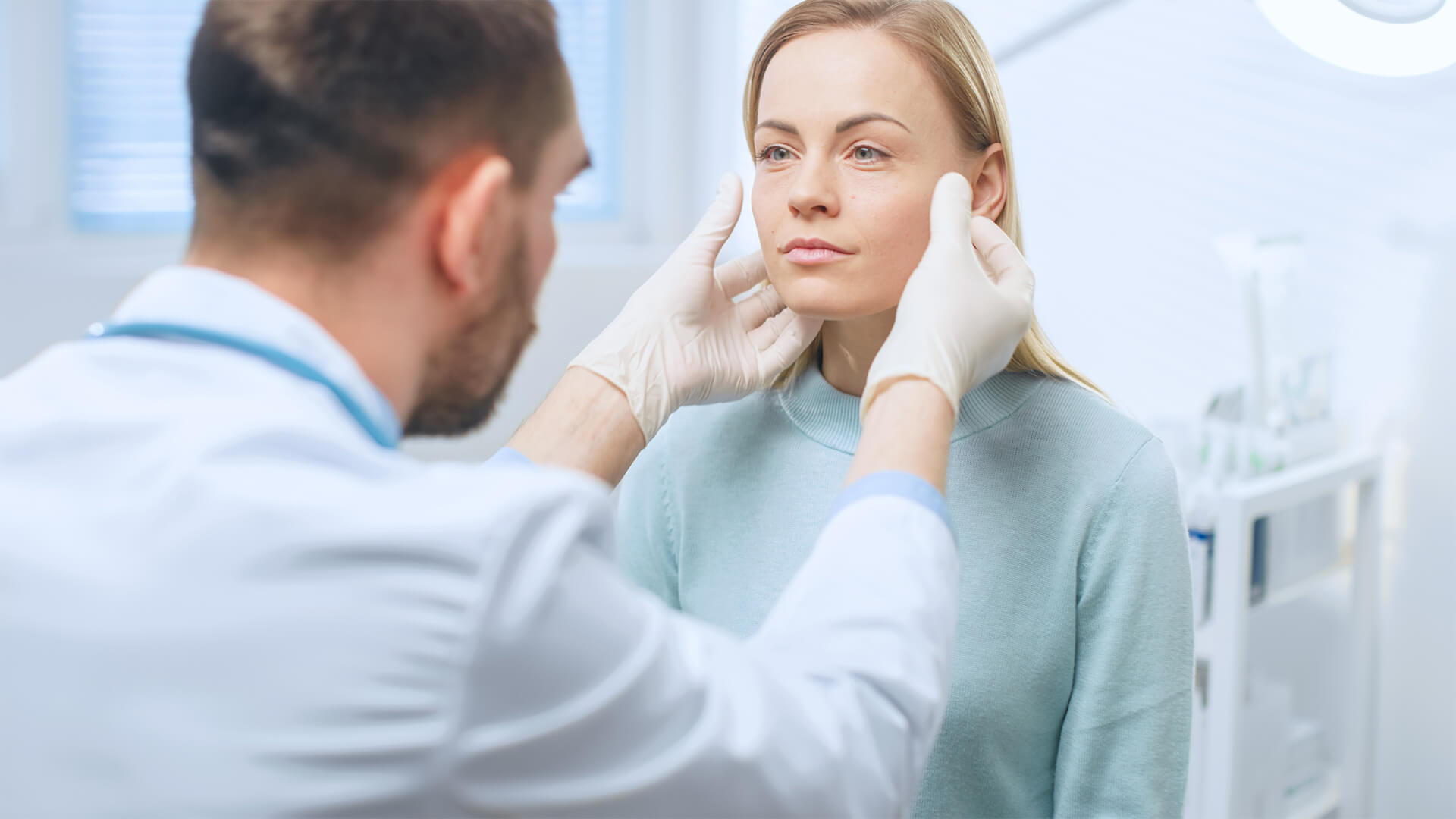If you were to ask a millennial about their skincare routine, it would likely entail a multi-step process that happens both day and night. It would probably include cleansers, toners, moisturizers, exfoliants and more. The days of washing your face with bar soap are over.
With more supplements, advancements in cosmetic procedures and an uptick in beauty products, it shouldn’t come as a surprise that millennials are changing the aesthetic landscape. Whether it’s going in for routine facials or undergoing a more formal treatment like Botox, people in this generation value skincare.
No matter the industry, the ability to cater to millennials is a good business practice. Because millennials make up most of the world’s population, adjusting to emerging trends and employing new marketing strategies help businesses thrive in a competitive environment. Standing out from the crowd is necessary if a company wants to experience growth and profit.
Let’s examine some of the ways millennials are altering how estheticians and other beauty professionals view their practice and make necessary changes.
Hyper-Awareness of Appearance
One of the most prevalent reasons millennials seek out aesthetic treatment is directly related to how much time is spent looking at their appearances. Millennials spend a lot of time on social media, where appearances are easily manipulated with filters and photo editing apps.
The popularity of apps like Instagram and Facebook contributes to this trend — millennials are hyper-aware of their appearance. There’s evidence that shows how millennials are constantly on the internet, and it’s crucial to consider how social media impacts their self-esteem and perception of themselves.
Increases in Aesthetic Requests
The American Academy of Facial Plastic and Reconstructive Surgery, INC (AAFPRS) found that more young people had cases of “selfie-awareness,” which, as a result, increased their requests to receive some kind of cosmetic surgery. Millennials want to improve their looks and engage in preventative care, such as anti-aging procedures and IV fluid therapy. Below are some standard practices that millennials are going through that contribute to the changes in the cosmetic surgery industry.
Rise in Tweakments
When we think of Botox, it’s common to envision A-list celebrities with shiny, tight faces on the red carpet. While stars still undergo these types of procedures, it’s becoming more mainstream. More millennials are opting to receive low doses of fillers like Botox, Dysport and Xeomin, to name a few.
This approach is seen as preventative, so it’s no wonder that younger people are more willing to make these changes early on in their lives. Preventing wrinkles and crow’s feet to improve the appearance is nothing new, but it’s certainly an emerging trend.
Laser Procedures
Another popular aesthetic trend among millennials to achieve anti-aging results is the Fraxel treatment. Receiving this kind of treatment has its benefits:
- Improve skin tone
- Reduce brown spots
- Reduce fine lines and wrinkles
- Improve the appearance of acne scars
Rather than treat fine lines and wrinkles later on in life, millennials are incredibly proactive in their skincare and aim to avoid further procedures in the future.
It’s evident that the demand for these procedures is increasing due to the millennial generation, also called the “Selfie Generation.”
Keeping Up with Patient Needs
It will certainly be interesting to see estheticians and cosmetic surgeons make changes to their practice due to the increasing requests for various procedures. Because millennials are hyper-aware of their appearance and want to prevent aging early on, aesthetic practices will likely continue to evolve.



















